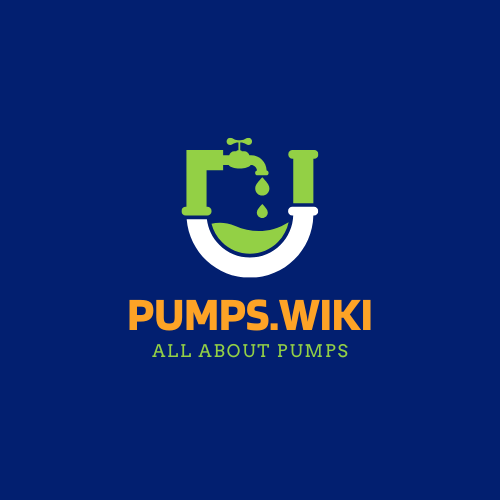A sump pump vapor barrier is a critical defense mechanism against moisture infiltration in basement and crawl space environments. By strategically installing specialized polyethylene sheeting with precise thickness and low permeability ratings, homeowners can effectively prevent water vapor transmission, reduce humidity, and protect structural integrity from potential water-related damage and potential mold growth.
What Makes a Sump Pump Vapor Barrier Essential?
Why Protect Against Moisture Intrusion?
Moisture can be a silent destroyer of home foundations, causing:
- Structural degradation
- Mold and mildew growth
- Increased indoor humidity
- Potential health risks
- Reduced property value
What Materials Work Best for Vapor Barriers?
| Material Type | Thickness | Perm Rating | Cost per Sq. Ft |
|---|---|---|---|
| Polyethylene | 6 mil | 0.06 | $0.15 – $0.20 |
| Reinforced Poly | 10 mil | 0.04 | $0.20 – $0.25 |
| Heavy-Duty Poly | 12 mil | 0.03 | $0.25 – $0.30 |
| Premium Barrier | 20 mil | 0.0015 | $0.50 |
How to Select the Right Vapor Barrier?
When choosing a sump pump vapor barrier, consider these critical factors:
- Thickness Requirements
- 6 mil: Basic protection
- 10-12 mil: Recommended for most residential applications
-
20 mil: Maximum protection for high-moisture environments
-
Permeability Considerations
- Lower perm ratings indicate better moisture prevention
-
Aim for barriers with ratings below 0.1 for optimal performance
-
Installation Environment
- Crawl space dimensions
- Existing moisture levels
- Temperature and humidity fluctuations
What Installation Techniques Ensure Maximum Effectiveness?
Preparation Steps
- Clean and level the surface
- Remove debris and potential obstructions
- Ensure proper drainage around the sump pump area
Installation Process
- Measure the entire area precisely
- Cut vapor barrier material with minimal overlap
- Use specialized vapor barrier tape for sealing
- Secure edges using nylon expansion fasteners
- Apply double-sided butyl tape for additional sealing
What Potential Challenges Might Homeowners Face?
Common installation challenges include:
- Maintaining consistent barrier coverage
- Preventing punctures during installation
- Ensuring proper seam sealing
- Managing complex crawl space geometries
How Often Should Vapor Barriers Be Replaced?
Recommended replacement intervals:
- Standard barriers: Every 5-10 years
- High-moisture environments: Every 3-5 years
- Signs of damage: Immediate replacement
Pro Tips for Long-Term Moisture Management

- Regularly inspect vapor barrier for tears or degradation
- Maintain proper ventilation
- Monitor humidity levels
- Consider professional assessment every 2-3 years
Technical Specifications to Remember
- Ideal perm rating: < 0.1
- Minimum recommended thickness: 10 mil
- Optimal material: Cross-laminated polyethylene
Final Recommendations
Investing in a high-quality sump pump vapor barrier is crucial for maintaining a dry, healthy home environment. Professional installation and periodic maintenance can significantly extend your barrier’s effectiveness and protect your property from moisture-related damage.
References:
- https://www.regionalfoundationrepair.com/crawl-space/average-cost-of-vapor-barrier/
- https://atticprosinc.com/the-best-crawl-space-vapor-barrier-installation-materials/
- https://www.drcrawlspace.com/thickness-vapor-barriers/
